PDR Technology
Advanced Tools Elevate Paintless Dent Repair
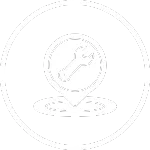
FSDAVCFEBFEVSDDVFSD
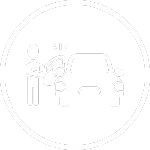
FSDAVCFEBFEVSDDVFSD
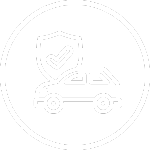
FSDAVCFEBFEVSDDVFSD
Why Precision Begins With Better Light
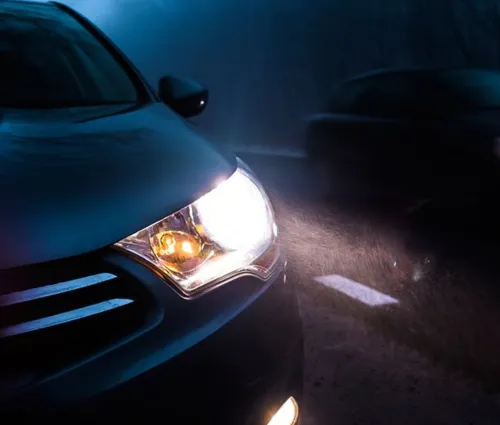
Paintless dent repair relies on reading reflections, so lighting quality defines the technician’s accuracy from the very first push.Soft shop fluorescents hide shallow lows, leading to over‑pulls or missed spots. That’s why every Dentex Midwest bay features adjustable LED line boards that cast razor‑sharp stripes across the panel. Even micro‑dings from pea‑size hail distort those lines, flagging damage your eyes never saw before repair.
Fog lamps add a different view. Their diffused glow silences sharp lines, letting techs gauge crown height and tension rings around each dent. By switching between line and fog modes, we build a three‑dimensional picture without touching the metal. That image guides tool choice and push pressure, preventing high spots and preserving factory clear coat. Precision light prevents rework and significantly shortens overall repair time.

3‑D Scans Map Every Panel Contour
Traditional dent counts rely on manual chalk circles, a process that slips when storm damage covers an entire roof. Our digital scanner projects structured light, then records millions of data points as the arm sweeps across the surface. Software converts deviations into a color map, highlighting depth in microns and numbering dents automatically for highly accurate insurance reporting rapidly.
Because the scan links to factory CAD files, the program flags any stretched area where metal elasticity changed, even if the paint looks perfect. Technicians zoom into each hot spot, carefully select the correct tip, and plan pushes in sequence from shallowest to deepest. This targeted strategy limits over‑working and preserves metal memory, a must on high‑strength roofs.
Once repairs finish, we rescan and overlay results onto the pre‑repair model. Any residual low shows red; high crowns show blue. Ideally the screen turns solid green, signifying factory tolerance. This digital proof satisfies adjusters, reduces supplement delays, and gives customers confidence that hidden flaws are gone, not merely masked under shine or polish or temporary filler layers.
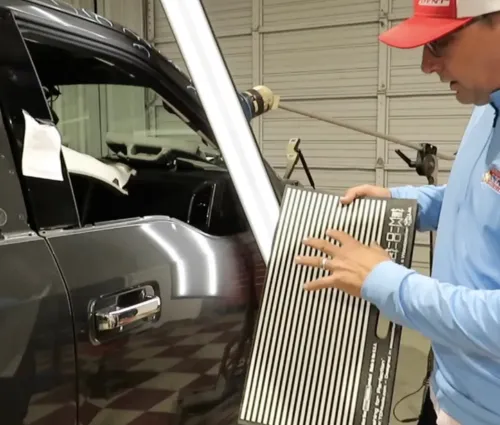
LED Line Boards Reveal Micro Imperfections
LED line boards differ from old fluorescent tubes in brightness and color accuracy. Each board emits uniform white light through razor‑thin slits, projecting crisp stripes across paint. Even a depression thinner than a credit card bends those lines, creating a ripple technicians can see from several feet away. That clarity prevents guesswork during initial mapping for dent repair.
The boards are mounted on articulating arms that slide under mirrors, above roofs, and along pickup beds. We adjust distance until stripe width matches dent diameter, fine‑tuning sensitivity. Integrated dimmers reduce glare on bright metallic paints, while amber filters highlight creases in white panels. Portable battery packs allow outdoor use when evaluating fleet vans at client lots.

Because the stripes move with the tool, technicians watch distortion shrink in real time, stopping pressure the moment lines straighten. This prevents overstretch that causes oil‑canning on aluminum hoods. Combined with audio force sensors, the visual feedback turns dent removal into a controlled micro‑surgery rather than blunt metal pushing, ensuring flawless finish in fewer passes.
Fog lamps complete the lighting toolkit. While line boards excel at showing sharp lows, fog reveals broad crowns that happen when hailstone impact stretches metal outward. The soft gradient of fluorescent fog lights blankets the panel, letting technicians watch reflections swell as they tap down high spots with plastic mallets. Switching between line and fog every few pushes balances metal tension, so the final shape mirrors factory press patterns without waves.
Digital cameras capture each stage, storing line‑and‑fog images in the Dentex Midwest quality assurance database. If an adjuster questions a repaired roof, we overlay before and after frames to show deformation disappeared. Customers receive the same slideshow, helpful when trading in a vehicle years later. This transparent record, powered by advanced PDR technology, proves workmanship objectively and keeps negotiations smooth, whether dealing with insurers, lease inspectors, future buyers, and other discerning automotive industry professionals.
Force Sensors Guide Perfect Push Pressure
Modern PDR rods feature Bluetooth force sensors hidden inside the handle. Each push sends data to a tablet showing live kilogram readings. Technicians learn the panel’s springback threshold, then stay safely below it. On thin aluminum, that might be three kilos; on steel, five. Numbers replace feeling alone, consistently standardizing high quality and safety.
Paired with line boards, force graphs tell a complete story. If stripes straighten yet pressure reading spikes, the rod tip is likely binding against inner bracing, warning the tech to reposition before cracking paint. Conversely, falling numbers while distortion remains implies the metal hardened, suggesting gentle warming or a switch to glue pulling will finish the dent cleanly.
After each vehicle, the system logs peak and average forces by panel type. Over months, this data builds a reference library that new technicians study during training. Consistent benchmarks shorten learning curves and keep repair times predictable for our scheduling team. Rigorous OEM annual certification audits that strictly demand ongoing proof find the dataset invaluable.
Verifying Perfection With Post‑Scan Overlays
Even eyes can miss a ripple in bright sunlight. A final structured‑light scan overlays repaired geometry against OEM specs, generating a heat map. Green means flush; yellow shows tension; red flags any low. Only when every square inch glows green does Dentex release the vehicle.
The overlay report prints to PDF and attaches to the insurance file automatically. Customers receive the same sheet in their inbox, handy at trade‑in time. Dealers appreciate proof that hail damage was repaired, not filled, reducing appraisal debates and speeding paperwork resale.
For fleet managers, overlay files slot into maintenance records, allowing quick comparisons if another storm strikes.
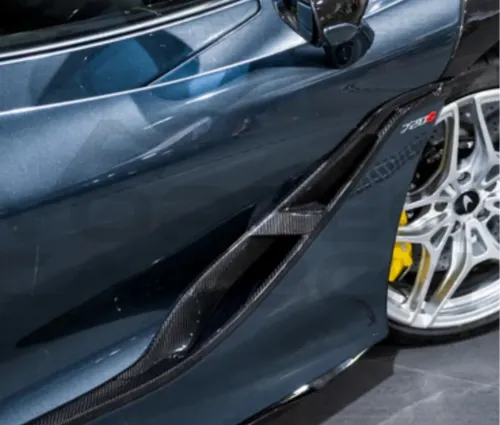

Technicians can instantly prove which dents are new, simplifying supplemental claims. The upfront accuracy of digital scanning therefore keeps future repairs and insurance conversations short, straightforward, and friendly for everyone involved.
Digital verification benefits technicians, too. During post‑scan review they might spot a nearly invisible crown on a complex curve and correct it before the owner arrives. This self‑audit culture pushes quality higher each week. The heat‑map image printed beside the bay becomes a scoreboard, challenging the next shift to achieve full green with fewer tool strokes. Continuous feedback prevents complacency, keeps skills sharp, and ensures every customer receives the same high‑precision hail repair regardless of which team handles their vehicle that day, and builds long‑term trust with insurers.
Book Your Precision Hail Inspection Free
Accuracy starts with assessment. Schedule a free advanced PDR inspection and our team will roll mobile LED boards around your vehicle, capturing both line and fog images while the 3‑D scanner maps panel depth. The process takes fifteen minutes and requires no obligation. You leave with a color‑coded report showing dent count, depth range, and projected cost so you can decide next steps confidently onsite quickly today.
Should you approve, we assign a priority bay and load your scan into the digital queue, ensuring every technician follows the same roadmap. Insurance files receive the preliminary images immediately, speeding claim approval. Most hail jobs finish within forty‑eight hours thanks to precise planning that eliminates guesswork. Force‑sensor data and post‑scan overlays document quality, locking the claim and releasing your car without surprise supplements or delays whatsoever.
Follow‑up is automatic. Six months after repair, our system emails a complimentary re‑scan invitation. We compare fresh data to the archived overlay, confirming panels stayed perfect through seasons of temperature swings. If a new hail appears, loyalty discounts and priority scheduling activate with one click. High‑precision hail repair is not a one‑time event, it is an ongoing partnership designed to protect your investment for years of worry‑free driving.
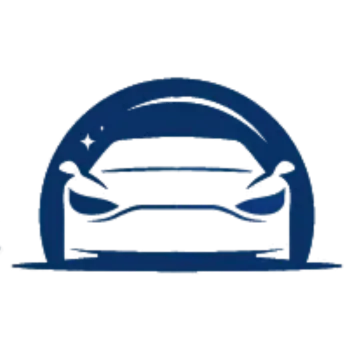
Dentex Midwest
Professional Hail Repair & PDR
Stay Up-to-date With Our Content
Subscribe to learn more about our mission!
Stay Up-to-date With Our Content
Subscribe to learn more!
Contact Info
Service Hours
Social Media
Home
Services
Service Areas
Blog
About
Contact
Contact Info
Service Hours
Mon - Fri: 8:00 am – 6:00 pm
Saturday: by Appointment
Sunday: Closed
Social Media

Licensed, bonded, & insured